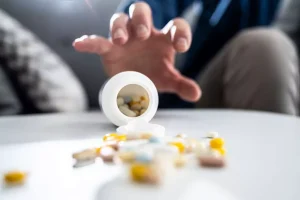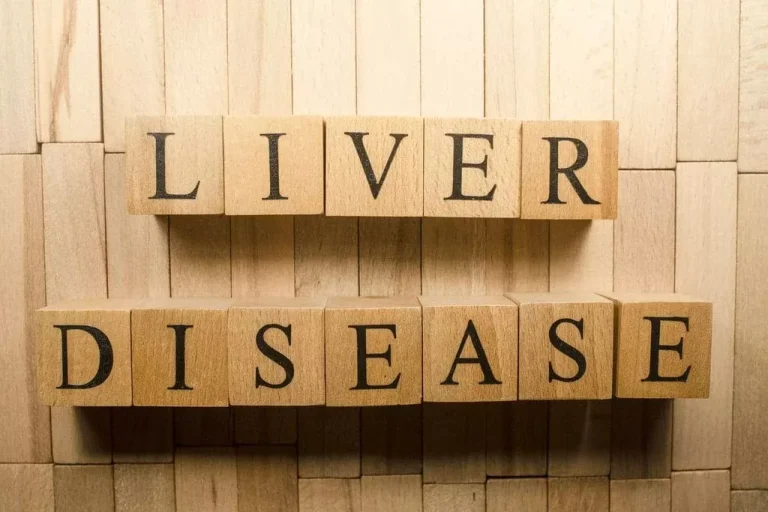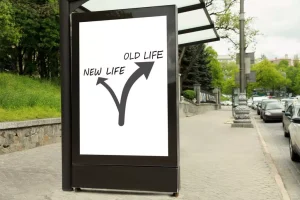
It can lead to Wernicke-Korsakoff syndrome (WKS), which is marked by amnesia, extreme confusion and eyesight issues. The development of novel radiotracers with greater specificity for the dopamine D3 receptor allowed characterization of this subtype which has been shown in preclinical models to regulate alcohol consumption. Notably, no difference in binding in the ventral striatum or caudate or putamen was found, however, there was a significantly higher D3 receptor availability in the hypothalamus that was linked to higher lifetime use of alcohol 130. Preclinical imaging has identified D3 receptor antagonism as a plausible therapeutic target to ameliorate alcoholism and its potential efficacy as an intervention is currently under investigation using fMRI 131 and combined PET/MR techniques 132. To probe impulsiveness through fMRI, response inhibition tasks are commonly used, such as the Go/no-go (GNG) task and Stop Signal Task (SST). Several longitudinal studies have probed response inhibition in adolescent drinkers.
- Lorazepam was also used in another open-label clinical trial completed in 2013 to assess the efficacy of a combination with disulfiram.
- In this case, ethanol induces GABAA receptor activation in the VTA, NAc, hypothalamus, and hippocampus, causing an overall imbalance in excitation/inhibition, leaning toward increased inhibition.
- Based on the knowledge that alcohol can both stimulate dopamine activity as well as induce a hypo‐dopaminergic state, it has been suggested that partial agonists might have potential as novel medications for alcohol dependence.
- According to one study published by67 physical dependence, which refers to the pharmacological tolerance induced by chronic alcohol intake, results in AWS and is neurobiologically supported by the imbalance between GABA and glutamate-NMDA neurotransmission.
What parts of the brain are affected by drug use?
- For practical, evidence-based tips on supporting your patients with AUD, see the Core articles on treatment, referral, and recovery.
- Transient increases in DA stimulate D1 receptors to enhance both glutamatergic and GABAergic inhibition to increase synchronization and promote network excitability (Kroener, Chandler, Phillips, & Seamans, 2009; Lapish, Durstewitz, Chandler, & Seamans, 2008).
- Human magnetic resonance spectroscopy studies have shown that cortical GABA levels are reduced in young adult binge drinkers (Marinkovic et al., 2022).
Studies showed that BZ also modulates part of ethanol’s reinforcing and/or aversive properties. Ethanol intake in rats was also shown to bind to the nicotinic-subtype receptor of acetylcholine (Davis and de Fiebre, 2006) and to increase acetylcholine levels in the VTA (Larsson et al., 2005), facilitating the influx of dopamine onto the Sober living home nucleus accumbens (NAc). Such activity in the VTA and NAc is thought to contribute to positive reinforcement of alcohol.
From alcohol use to alcohol use disorders – the GABAergic system
- Studies indicate that pharmacological modulation of GABA receptors may be a promising therapeutic option in achieving long-term abstinence by decreasing the daily alcohol intake and withdrawal effects.
- In addition, an indirect mechanism for acetaldehyde facilitation of release could be the ability of acetaldehyde and DA to directly react to form the product salsolinol (Myers, 1985).
- Dr. Kate Smith is a licensed professional and has worked in the mental health and substance abuse disorder fields for over 10 years.
- Longitudinal MRI studies further showed that changes to volume follow a non-linear pattern with greater increases occurring in the early stages of abstinence 22,23,24.
- Alcohol addiction and dependence of late has been shown to be affected by the influence of genes.
Nevertheless, research focused on the brains of people recovering from alcoholism may still offer insight into what can happen whenever a person stops consuming alcohol. Whereas heavy drinking consists of more than four drinks on any day or more than 14 drinks per week for men. And for women, more than three drinks on any day or more than seven drinks per week. But what exactly happens to the brain when a person who regularly drinks alcohol effects on dopamine goes cold turkey — even for a short while? For one, most research related to brain changes after alcohol use has studied the brains of heavy drinkers or people who misuse alcohol and then become sober.
Medication-Assisted Treatment (MAT)

The results demonstrated that treatment with the depot formulation of flupenthixol led to a significant increase in rates of relapse (85.2% on active treatment compared with 62.5% on placebo). A major concern with flupenthixol is results from studies demonstrating an increase in the risk of relapse in rodents as well as humans 146, an effect preferentially observed in males 147. Overall, the clinical utility of atypical antipsychotics has shown to be of some benefit in patients suffering from alcohol dependence and a concomitant psychiatric diagnosis including schizophrenia 148, 149. Studies have shown that the behavioral changes are primarily due to the plastic changes of GABAA receptors that occur after chronic ethanol exposure, which include significantly reduced post-synaptic α1 and increased α4-containing GABAA receptors. The subunit composition of GABAA receptor subtypes is expected to determine their physiological properties and pharmacological profiles. An in-depth study of GABAA-subunits using genetically engineered mice has shown that the α1 subunit involves sedation, anti-convulsant activity, anterograde amnesia functions, etc., while the α4 subunit is involved in changes in mood and anxiety.

To send a message, a neuron releases a neurotransmitter into the gap (or synapse) between it and the next cell. The neurotransmitter crosses the synapse and attaches to receptors on the receiving neuron, like a key into a lock. Other molecules called transporters recycle neurotransmitters (that is, bring them back into the neuron that released them), thereby limiting or shutting off the signal between neurons. The impaired judgment you have when drinking alcohol may cause you to think that you can still drive, regardless of your BAC. Drivers with a BAC of 0.08 or more are 11 times more likely to be killed in a single-vehicle crash than non-drinking drivers. Some states have higher penalties for people who drive with high BAC (0.15 to 0.20 or above) due to the increased risk of fatal accidents.
- However, this effect is temporary, leading many people to drink more in an attempt to sustain the dopamine high.
- A partial agonist, such as aripiprazole, has a lower intrinsic activity at the receptor than a full agonist (e.g. dopamine), meaning that when it binds to the receptor, it will activate the receptor but produce a less potent biological response than the full agonist 175–177.
- By jacking up dopamine levels in your brain, alcohol tricks you into thinking that it’s actually making you feel great (or maybe just better, if you are drinking to get over something emotionally difficult).
- It’s the chemical that drives us to seek food, sex and exercise and other activities that are crucial to our well-being and survival.